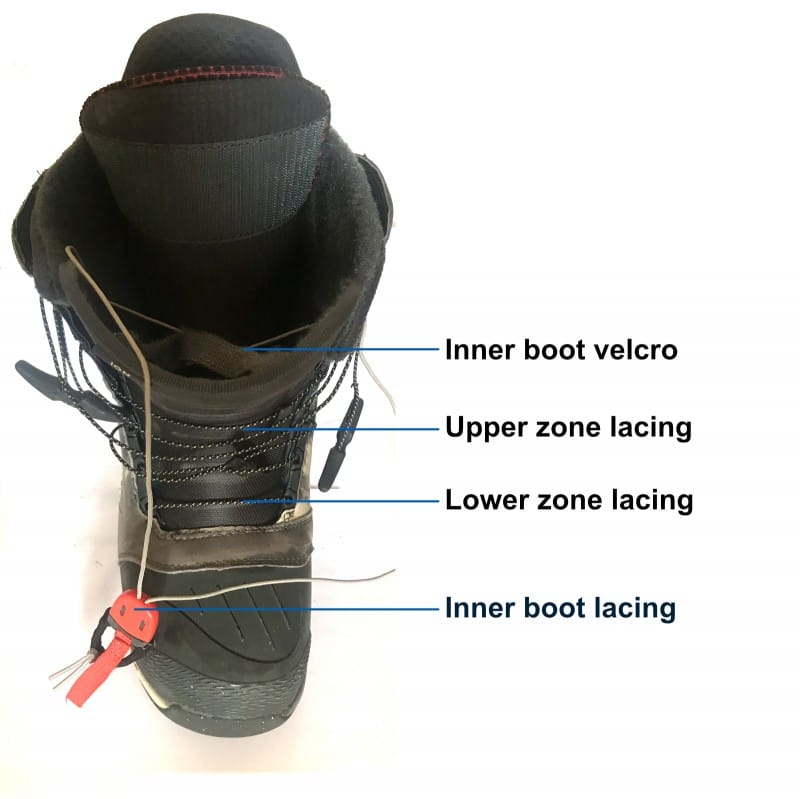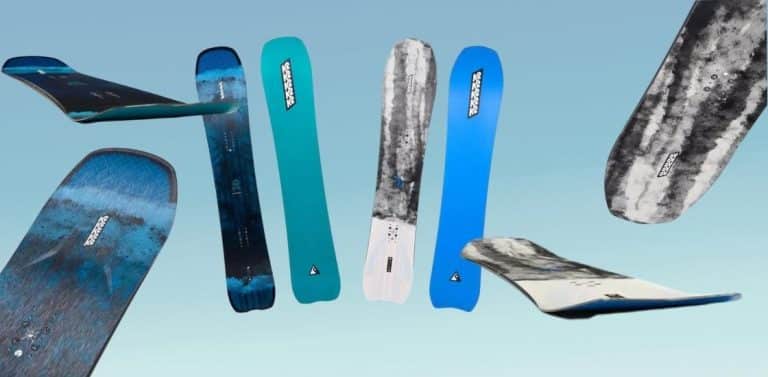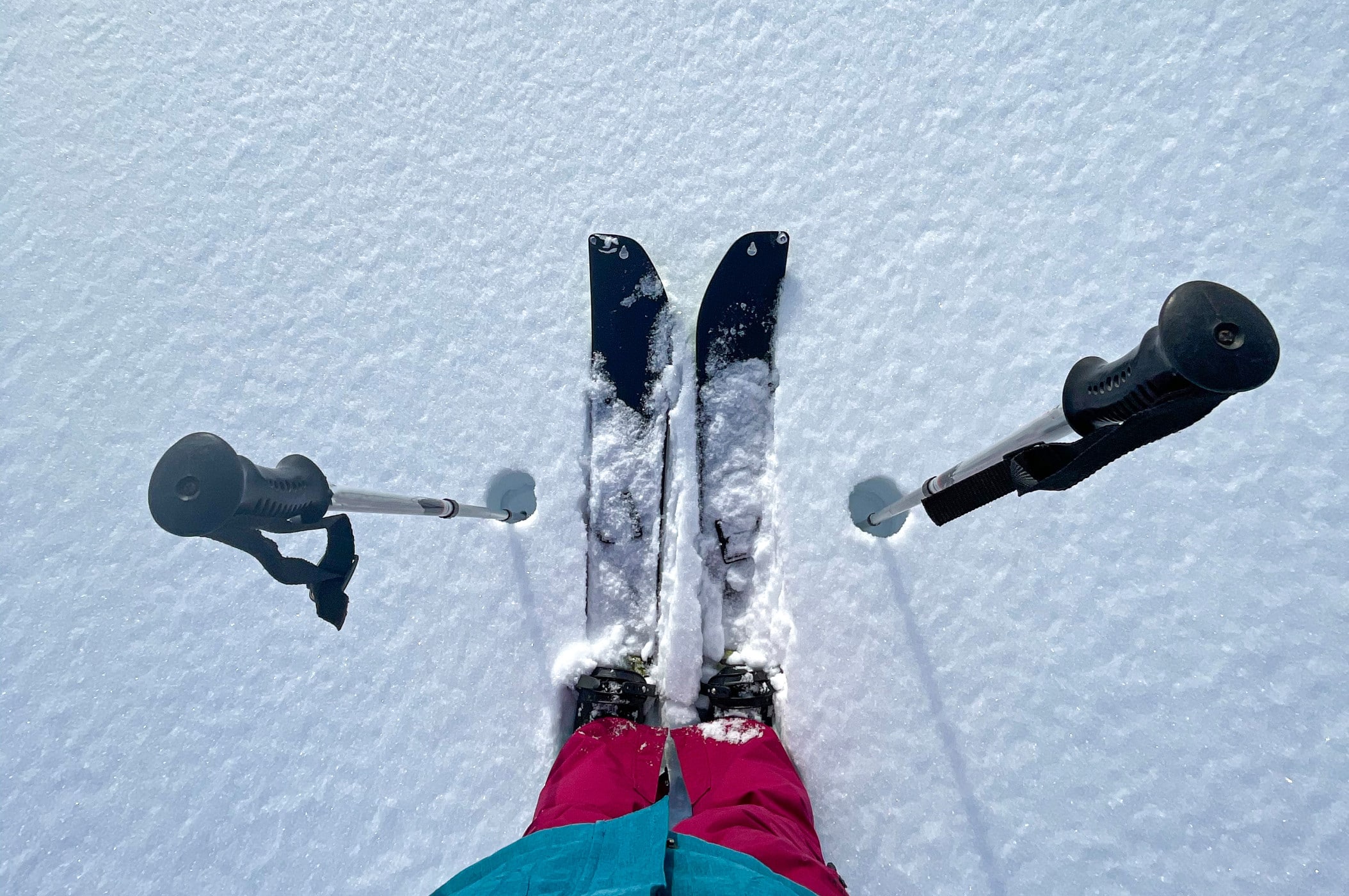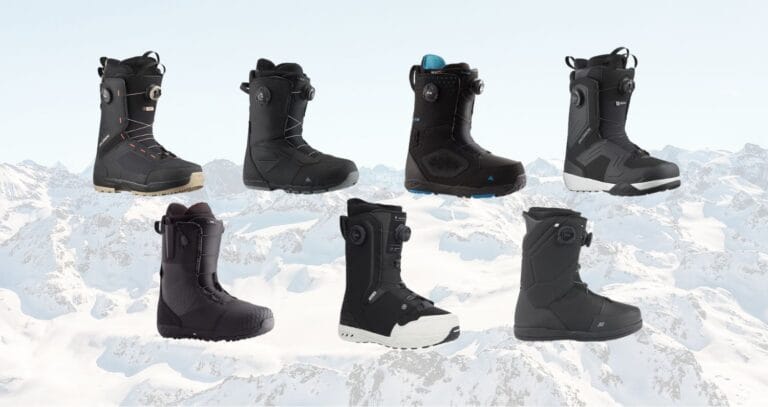Snowboard boots should be a close, snug fit but without feeling too tight and restrictive. When you first put the boots on, you should feel a slight push on your toes at the end of the boot. When you've tightened the boots, and you flex forward from the ankle, your toes should just back off from the end. It's really important that you tighten your snowboard boots to the correct amount so that they can do their job properly. They should be tight enough to hold your foot securely in position, especially around the heel and ankle. However, they should not be too tight that they can off the circulation to your feet and cause cramps.
Having your boots too loose can lead to:
Having your boots too tight can lead to:
How to tighten your snowboard boots
From over ten years of teaching people to snowboard, I’ve learned not to assume that people know how to correctly do up their boots! So here are a few tips to getting it right:
Most boots have four parts to tighten:
- The inner boot or inner hanger
- The inner boot velcro stap
- The outer boot lower zone
- The outer boot upper zone

The Inner Boot
This is the soft sock shaped liner which either has laces up the middle or sits in a lace-up hanger which holds the inner to the outer boot. Whichever type type you’ve got these should be made as tight as possible. The inner boot is much softer than the outer so you can make them really tight, giving a solid hold on your ankle, without any risk of cramping. The inner is normally secured with a lockable slider meaning you don't need to tie any tricky knots!

The Inner Boot Velcro Strap
At the top of the inner boot is the velcro strap. Its main job is it to provide extra support at the top of the inner and remove pressure on the inner lacing slider.
The Outer Boot Lower Zone.
Next, you should tighten the lower part of the boot. Whichever lacing system your boot has you should be able to tighten the lower part independent of the top. Like the inner, the lower zone’s main job is to hold the ankle. You should try and get this part good and tight as well. Check they are holding your ankle by training to lift your heel, it should move more than a few mm. If you have wide feet, be aware that overtighting this part can cause cramp, so if your feet start to hurt after a few runs try loosening the lower boot off a bit.
The Outer Boot Upper Zone
The tightness of the upper boot affects the flex of the boot, that is how much resistance there is in the front of the boot when you try to bend your ankle. As a general rule, you should tighten your boots so that if you look down at your foot, you can bend your ankle until your knee just covers your boot before your heel starts to lift.
There are a few factors which can affect this, such as how heavy you are and how stiff your boots are.
Also you can adjust your upper zone depending of what kind of rider you are:
- Beginners can have looser upper zones
- Advance freeriders should have tighter upper zones
- Freestyle riders can have looser upper zones
Conclusion
How tight you have your boots is largely down to personal preference: How good a rider you are, how your feet are shaped, and what kind of riding you are into. But your boots should be tight enough so that your foot is held securely without being too tight that they cause you pain. If they start to hurt try loosening your boots or maybe it is time to get a new pair that fit better




